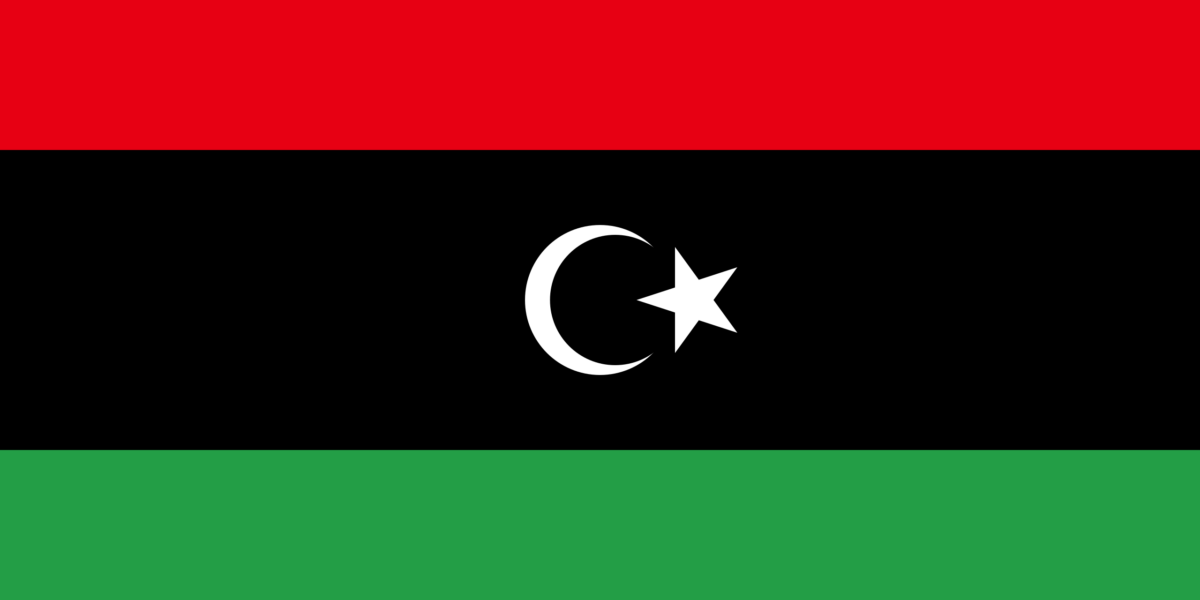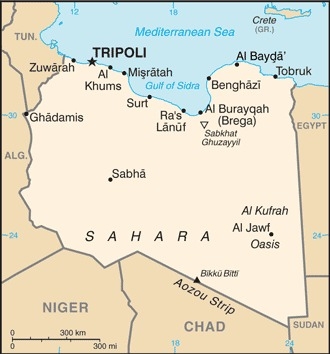Overview
Libya is an Arab country on the north African coast. In antiquity parts of Libya were variously ruled by Carthaginians, Persians and Greeks, before the entire region became part of the Roman Empire. During this time it was an early centre of Christianity. After the fall of the Roman Empire it was occupied by Vandals until Islamic invasions. Libya was ruled by the Ottomans until the Italo-Turkish war of 1911. The country was then ruled by Italy until 1943. During the Second World War Libya was a key area of warfare in the North African Campaign. The country gained full independence as a monarchy in 1951. A bloodless military coup in 1969 led to the establishment of a republic under the leadership of Colonel Muammar Gaddafi.
Gaddafi was overthrown and killed in a civil war in 2011, which was part of a wider series of uprisings in the Arab world, known as the Arab Spring. A second civil war broke out in Libya in 2014. Since the fall of Gaddafi there has been a rise in ultra-conservative, militant jihadist elements in the country.
What it means to be a Christian in Libya
About 97% of Libya’s population is Muslim. Professing Christians make up about 2% of the population, the majority of these being from the Coptic Orthodox Church. The Libyan constitution states that Islam is the state religion and that Shari’a Law is the primary source of legislation. A certain freedom of religion is guaranteed to Christians and Jews.
However, violent persecution, perpetrated by various extremist groups, has been on the rise since the first civil war. In 2014 seven Coptic Christians were dragged from their homes in the middle of the night and shot dead. The following year a much-publicised video showed 21 Coptic Christians being executed by the Islamic State of Iraq and the Levant.

